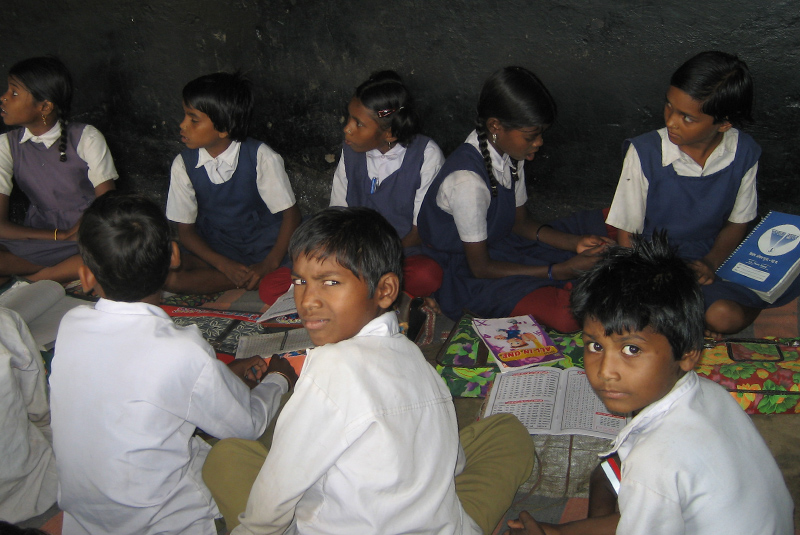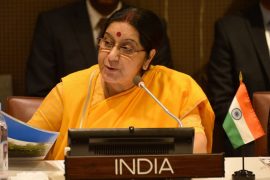When Rajiv Gandhi was the Prime Minister of India, his administration changed the name of the Ministry of Education to Ministry of Human Resource Development (MHRD). This change in nomenclature, which followed a global paradigm shift in the organisation of the economy from Keynesian welfarism to a neo-liberal free market in the 1970s, brought human beings within the ambit of production and exchange. So humans became another form of resource, that needed to be harvested. The MHRD’s objective was to “develop Human Resources” in accordance with the changing organisation of production and consumption.
Now, the current government, under Narendra Modi, has decided to revert back to the old name – the “Ministry of Education.” With this change in the nomenclature, it may seem like the focus is back on knowledge. However, believing so will simply mean confusing the form with the content.
Indeed, the New Education Policy (NEP) 2020, a 66-page document – passed by the Cabinet during the lockdown, without any discussion in the Parliament – seems to be revolutionary on the surface. It mentions almost every problem which plagues the present education system.
The NEP, full of flowery rhetoric and fancy acronyms, appears to be revolutionary because it has been written in the “language of criticism,” borrowed from public feedback. There is criticism of the menace of rote learning, the burden of exams, rigid separation of boundaries between disciplines, burdensome and unimaginative course structure, etc. Then, there is mention of gender sensitivity, inclusion of minorities and marginalised communities.
Copyright©Madras Courier, All Rights Reserved. You may share using our article tools. Please don't cut articles from madrascourier.com and redistribute by email, post to the web, mobile phone or social media.Please send in your feed back and comments to [email protected]











